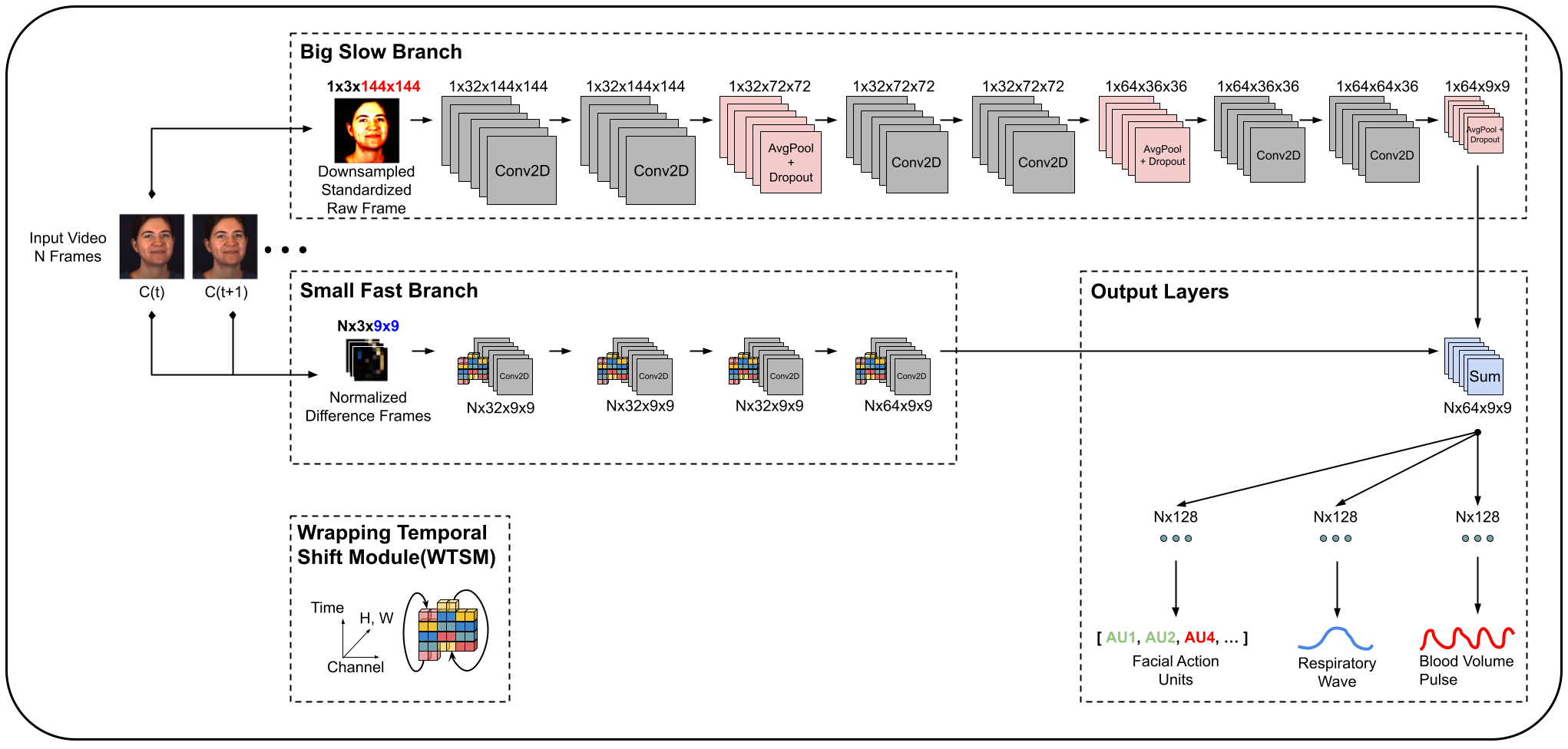@article{narayanswamy2023bigsmall,
title={BigSmall: Efficient Multi-Task Learning for Disparate Spatial and Temporal Physiological Measurements},
author={Narayanswamy, Girish and Liu, Yujia and Yang, Yuzhe and Ma, Chengqian and Liu, Xin and McDuff, Daniel and Patel, Shwetak},
journal={arXiv preprint arXiv:2303.11573},
year={2023}
}

